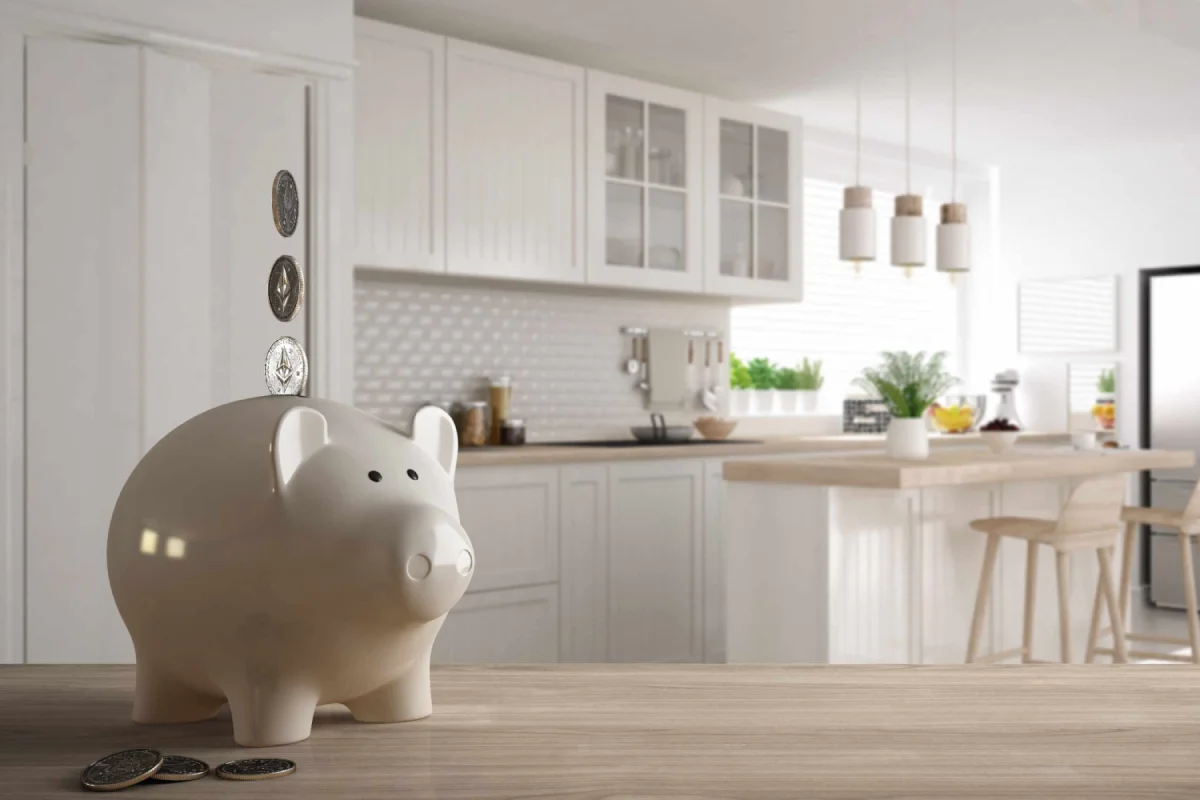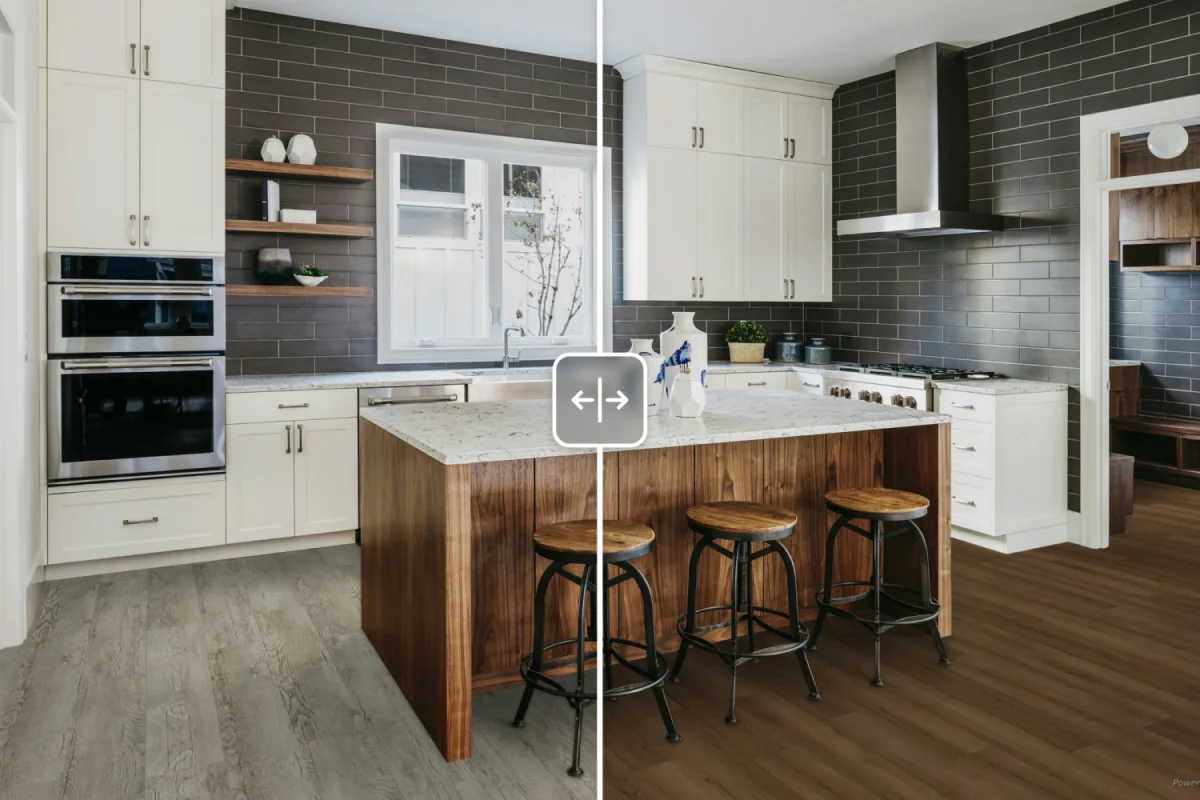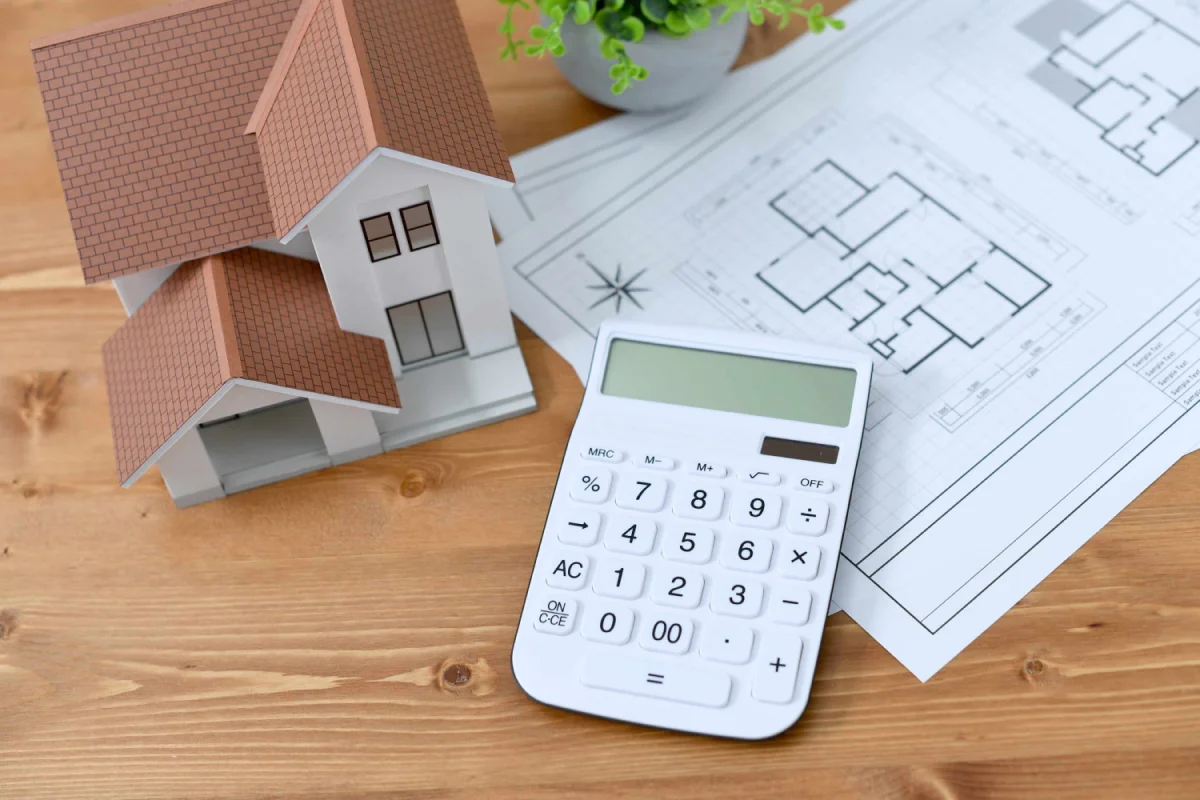Blog > Maximize your budget: Smart tips for flooring renovations
Maximize your budget: Smart tips for flooring renovations
Thursday, August 1, 2024
Time for a flooring upgrade? Here’s how to set a budget and get the most bang for your buck.

A new floor is one of the best ways to improve the look — and value — of your home.
But there’s a lot to consider when searching for the perfect floor, including aesthetics, performance, and, of course, costs. This can make the process feel a little daunting, especially considering it’s not a purchase you make every day.
But it doesn’t have to be.
With a bit of research, planning, and smart budgeting, it becomes easier to stay on top of the latest flooring trends and achieve the home renovation of your dreams while keeping the costs in check. So, how can you get the most bang for your buck when shopping for flooring?
The cost of flooring
As with any significant purchase, the real fear often comes from the unknown. So, let’s tackle the big question first: how much does a new floor cost?
Well, it depends.
The two main factors that determine flooring costs are the type of material you choose and the size of the room where it’s going to be installed. Generally, laminate, vinyl, and carpet flooring will be more affordable than real hardwood and natural stone, for instance. But there can also be significant variation within each product type.
Flooring is typically sold by the square foot, which is where the size of your space comes into play. Larger rooms naturally require more material, thereby increasing the cost. Additional factors that may affect the cost include labor, underlayment, and the removal of your existing flooring, if required.
The average cost of a flooring installation is $7 per square foot, or $3,500 for a 500-square-foot room. However, flooring can range between $2 to $20 per square foot, meaning a 500-square-foot renovation could actually cost you anywhere from $1,000 to $10,000, depending on the product. For the most accurate flooring estimate, it’s best to consult with your local flooring expert.

The two main factors that determine flooring costs are the type of material you choose and the size of the room where it’s going to be installed.
Setting a budget for your flooring renovation
At the end of the day, the average cost of flooring doesn’t really matter. All that matters is your budget.
To determine a budget for your flooring renovation, a good first step is to evaluate your financial picture, including your income, expenses, and savings, so you know how much money you can allocate to the project. That way, you’ll ensure you’re not spending beyond your means.
At the same time, you’ll want to assess your needs and determine the scope of the project. Do you need new flooring for your entire home, or just specific areas? If you want to improve your house on a limited budget, perhaps you start with a single room and then slowly chip away at the rest. Bathroom and kitchen renovations usually add the most value to a home, which is why many homeowners tend to focus on such spaces for their remodels.
Following the 30% rule for renovating, the general school of thought is that the total cost of renovations for your home shouldn’t exceed 30% of your home’s current value. For a bathroom renovation alone, however, you’ll want to stick to the 5-10% range, including the cost of floors, cabinetry, countertops, faucets, plumbing, and labor, among other potential upgrades.
No matter where your budget lands, experts recommend setting aside 15-20% for unexpected costs that may arise during the renovation.

Following the 30% rule for renovating, the general school of thought is that the total cost of renovations for your home shouldn’t exceed 30% of your home’s current value.
The best way to fund a flooring renovation
With the rising cost of living, you might be wondering how people afford to renovate their homes.
While it’s not an option for everyone, using your own savings is the most straightforward method. If you can avoid creating more debt and paying interest, you should. However, be cautious not to drain your emergency fund and jeopardize your financial wellbeing for a home renovation. If you don’t have the funds readily available, there are other options to consider.
Personal loans and credit cards may be viable, especially if you can pay off the balance quickly to avoid high interest charges. However, homeowners might be able to qualify for larger loans at lower interest rates by using a home equity loan or a home equity line of credit (HELOC), which allow you to borrow funds against the value of your home.
Using home equity is one of the most common methods to fund larger home renovations. Just know that you could lose your home if you fail to make the repayments, so make sure you understand the terms and consult with a professional before proceeding.
How to upgrade your flooring on a limited budget
Choose affordable materials: In this day and age, there’s a type of flooring for almost every budget. If you like the look of hardwood but can’t fit it in your budget, materials like engineered wood, vinyl, and laminate are affordable alternatives that can achieve a similar look – with the added bonus that they’re generally more water-resistant. Ceramic tile is another economical choice for areas prone to moisture, like bathrooms, kitchens, laundry rooms, and basements.
Focus on one room at a time: You don’t need to get everything done at once. Focusing on a single room can keep your costs manageable, especially if it’s a smaller room like a bathroom or kitchen. Then, you can revaluate your financial picture and tackle the rest at a later date.
Consider DIY: Installing your own flooring can be a great way to save on the costs of labor. Laminate, vinyl, engineered wood, and carpet tiles often come in easy-to-install click-together or peel-and-stick setups, making them great options for a DIY project.
Talk to an expert: Your local flooring expert will be able to help you find the perfect product that suits your individual needs, preferences, and budget.
Flooring budgeting FAQs
- How much do new floors cost?
The average cost of a flooring installation is $7 per square foot, or $3,500 for a 500-square-foot room. However, flooring can range between $2 to $20 per square foot, depending on the product. - What’s the best way to fund a flooring renovation?
Use your own savings if you can afford it. If you require additional funds, a home equity loan or home equity line of credit may offer lower interest rates than personal loans and credit cards. - How can you upgrade your flooring on a budget?
Choose affordable materials like laminate, vinyl, or carpet, focus on a single room instead of a large-scale renovation, and consider installing the floors yourself to save on the costs of labor.
